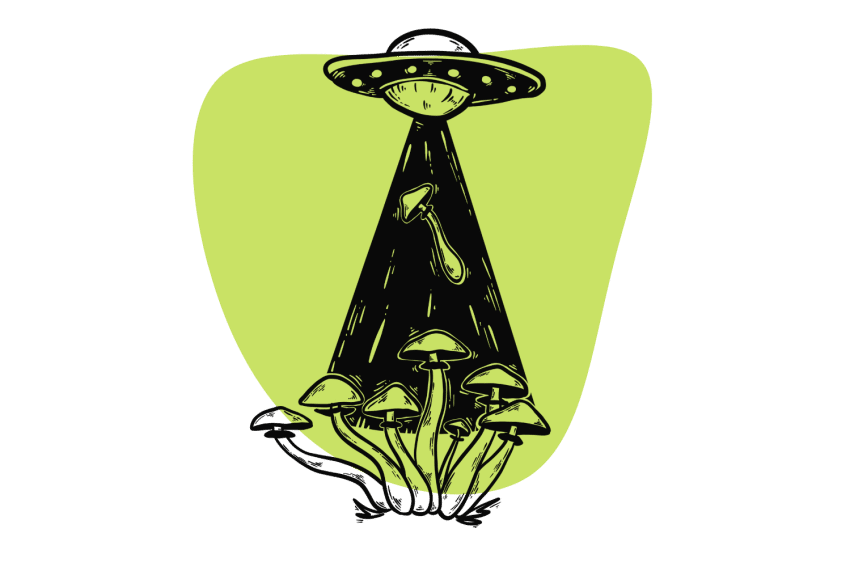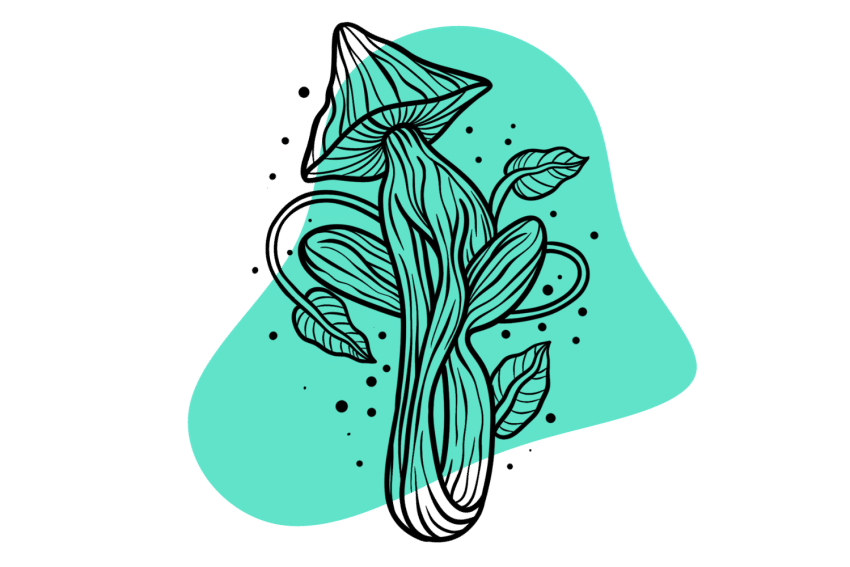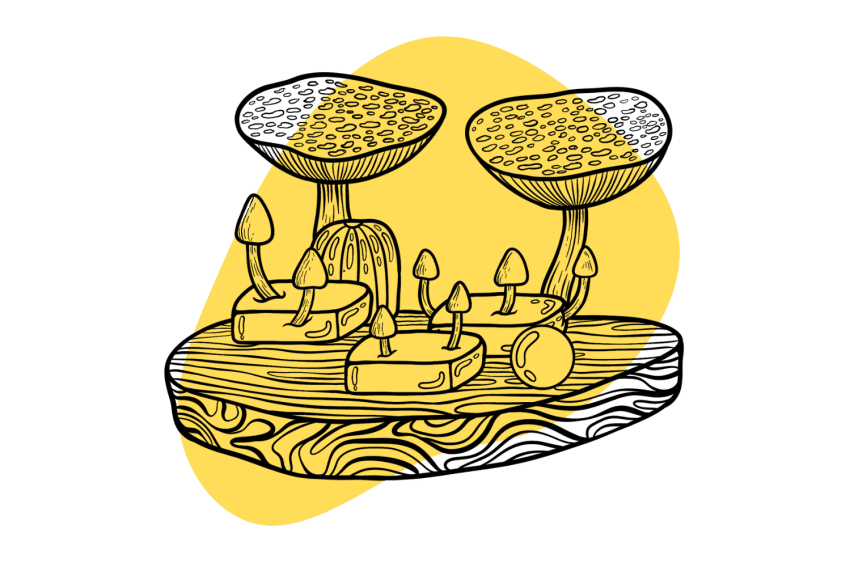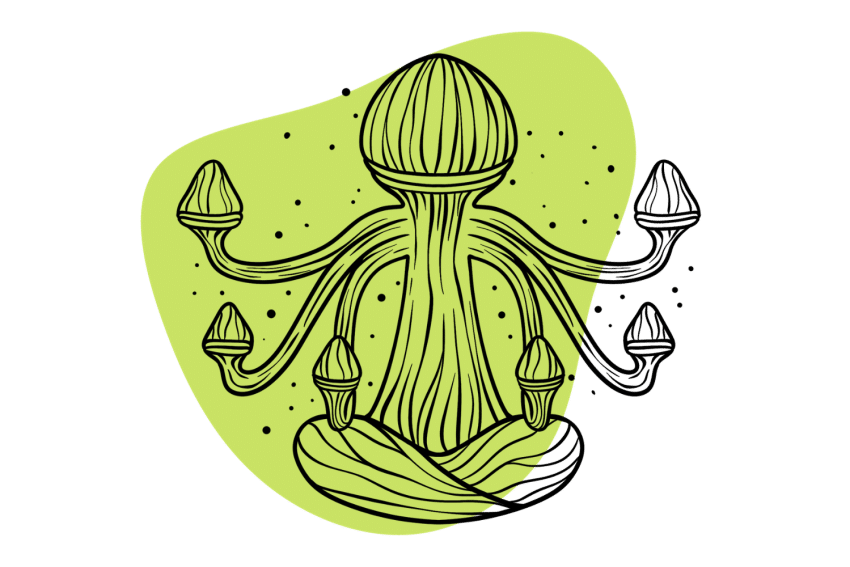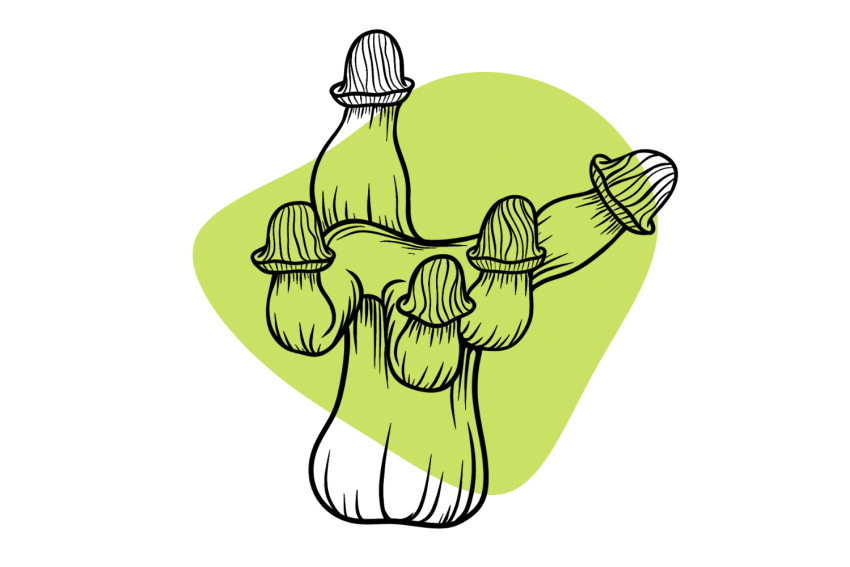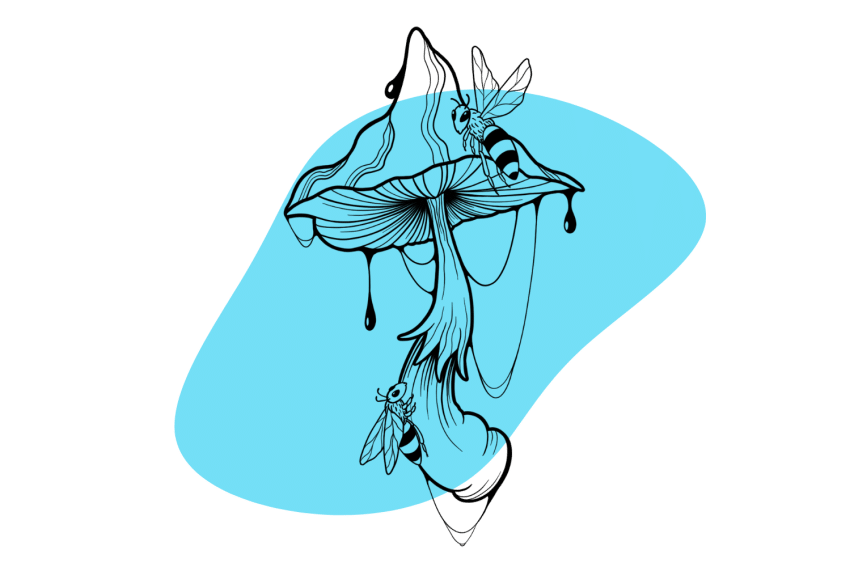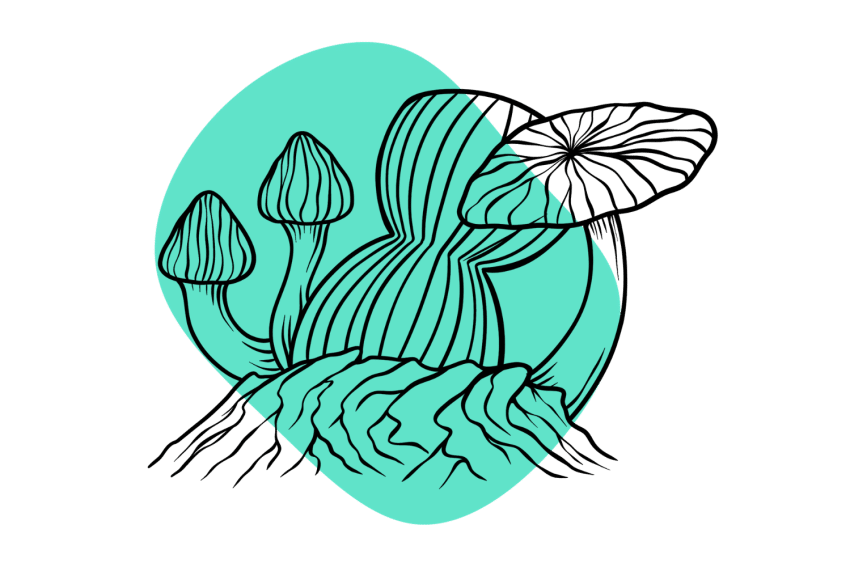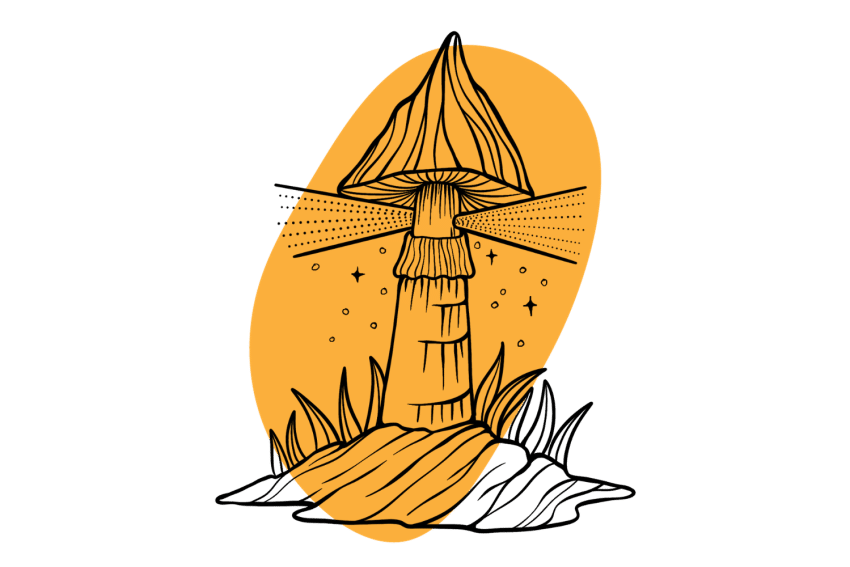Eager to Pick Magic Mushrooms? Here’s How to Know When It’s Harvest Time
Harvesting magic mushrooms at the right time is critical if you want to collect a decent yield of high-quality, potent shrooms.
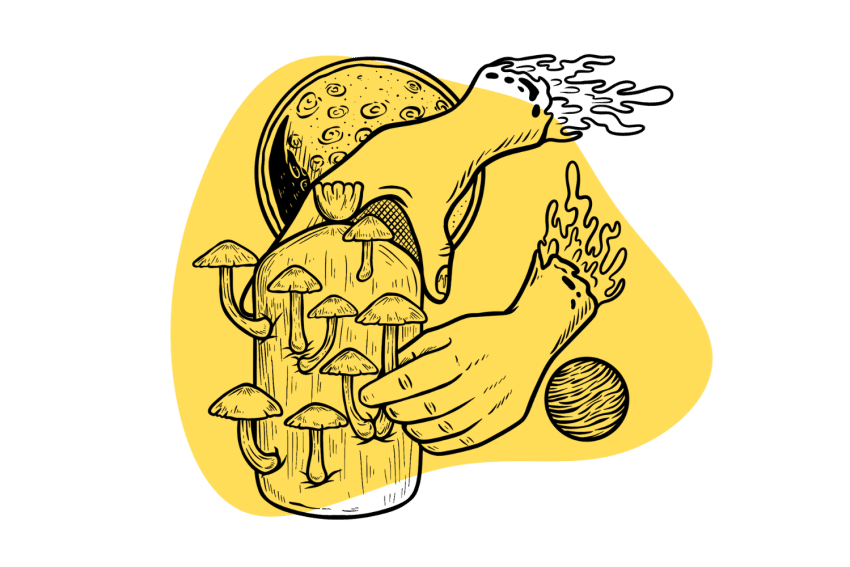
So you’ve found some psychedelic mushrooms growing in the wild or have just successfully cultivated your first Psilocybe cubensis shrooms. How do you know when they’re ready to be harvested?
Harvesting magic mushrooms at the right time will ensure you get the best potency and quality. If you pick them too early or too late, you could end up with low-potency mushrooms that lack body or rotten shrooms that are inedible.
In this article, I’ll teach you how to harvest magic mushrooms at the right time by looking at:
- How to determine whether a mushroom is fresh and ready to pick
- When to harvest cultivated magic mushrooms
- When to harvest wild magic mushrooms
- How to pick magic mushrooms properly
- How to preserve and store magic mushrooms effectively
When to Harvest Cultivated Magic Mushrooms
The best time to harvest your home-grown magic mushrooms is right after the veil breaks, but before they have a chance to drop dark spores all over the other mushrooms and mycelia growing around it.
Dropped spores don’t contaminate or damage the other mushrooms in anyway, but some people believe they reduce the productivity of the mycelium on future flushes if too much is allowed to accumulate on the surface. Sporulation also marks a point where the psilocybin and psilocin levels begin to drop off — so you don’t want to wait too long.
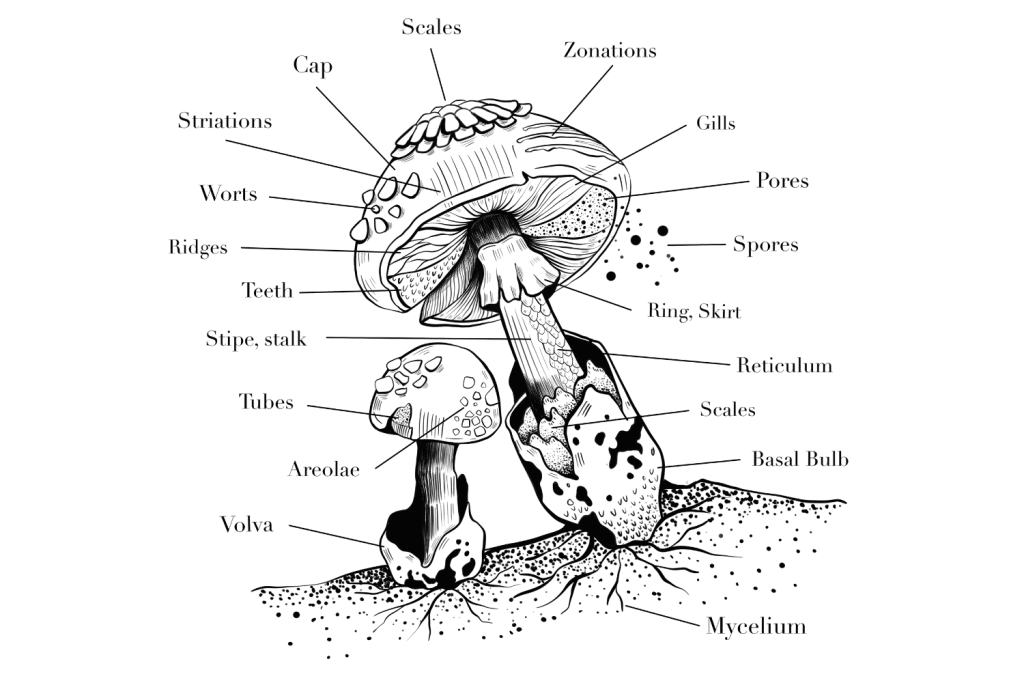
Harvesting mushrooms just before they drop their spores, but after the veil tears ensures they’ve reached their maximum size, but before they begin to lose potency. If you wait too long, your shrooms can start to grow mold or bacteria — making the entire mushroom unusable.
Cultivated mushrooms don’t all mature at the same time. Therefore, check the colony daily and harvest the “ripe” mushrooms as they’re ready.
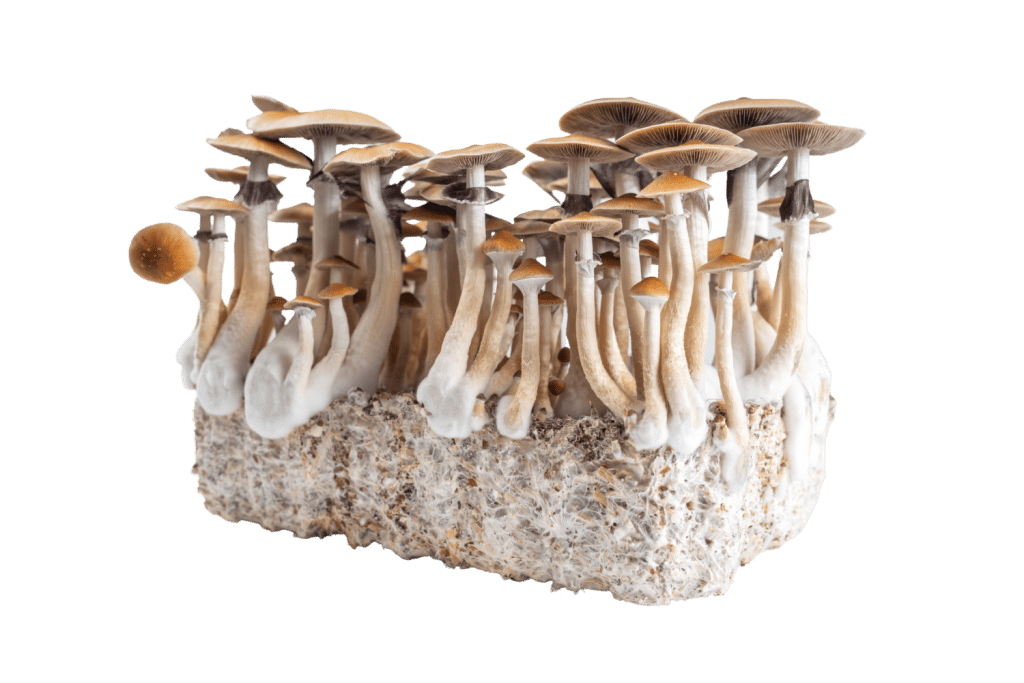
When to Harvest Magic Mushrooms in the Wild
Harvesting magic mushrooms from nature is less in-depth than harvesting cultivated mushrooms. In the wild, you don’t always have the opportunity to harvest the mushrooms at the perfect time, and you don’t have to worry about subsequent flushes.
When harvesting in the wild, look for shrooms that have torn veils and don’t have any visible signs of mold, bacteria, or insect invasion. You don’t have to worry so much about whether or not the shrooms have started sporulating (it’s almost impossible to tell anyway).
Refrain from collecting mushrooms that are either too young or too old. If a mushroom is too young, it’s best to leave it behind. Older shrooms are more likely to carry insect larvae. Although the larvae themselves are relatively harmless when ingested, their waste contains bacteria that can make you sick.
Additionally, it’s good practice to avoid picking the first mushrooms you find. Leave those to do their part and help spread their spores to continue the mushrooms lifecycle in the forest. By skipping the first finding and only collecting subsequent findings, you can respect the mushroom while allowing you to harvest some for personal use.
How to Pick Magic Mushrooms Properly
Whether collecting mushrooms from the wild or harvesting the shrooms you’ve grown, it’s important to pick them correctly so the species can thrive in the wild or fruits for as long as possible in your fruiting chamber.
1. Harvesting Cultivated Shrooms
Be careful when picking the mushrooms you’ve grown if you want to produce multiple flushes of healthy mushrooms.
Check the cakes daily to minimize the chances of a mushroom sporulating over the mycelium.
When you physically pick the mushrooms, you should have clean hands to prevent introducing contaminants to the fruiting chamber. Gently grip the stem and twist it so it detaches from the mycelium without too much damage.
Avoid touching the cakes themselves. Touching the mycelium can lead to aborted pins (small mushrooms that don’t grow) and increase the risk of contamination.
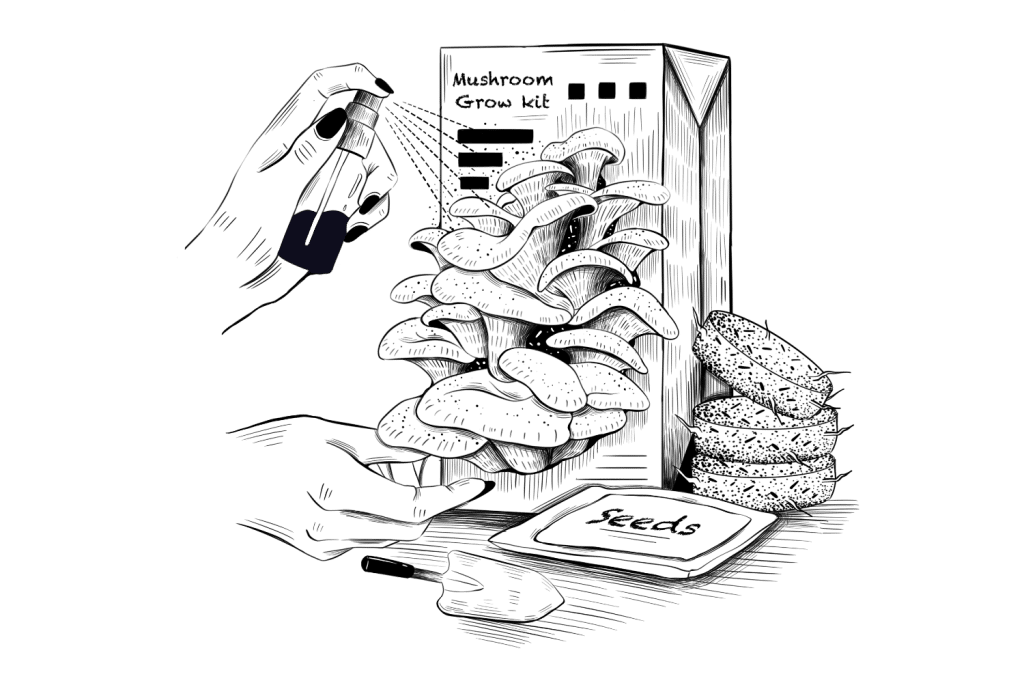
2. Harvesting Wild Shrooms
Harvesting mushrooms from the wild is simple. However, it’s crucial to pick responsibly. Harvesting mature mushrooms that have had time to drop their spores gives the species a chance to spread.
It’s good practice to give every cap you collect a gentle flick before picking — this encourages the gills to drop some spores before you remove the mushrooms from their environment. You should also avoid picking all of the mushrooms you find.
Leave the younger shrooms until they’ve sporulated, and leave a few older ones in the field to complete their natural process and rot away as nature intends.
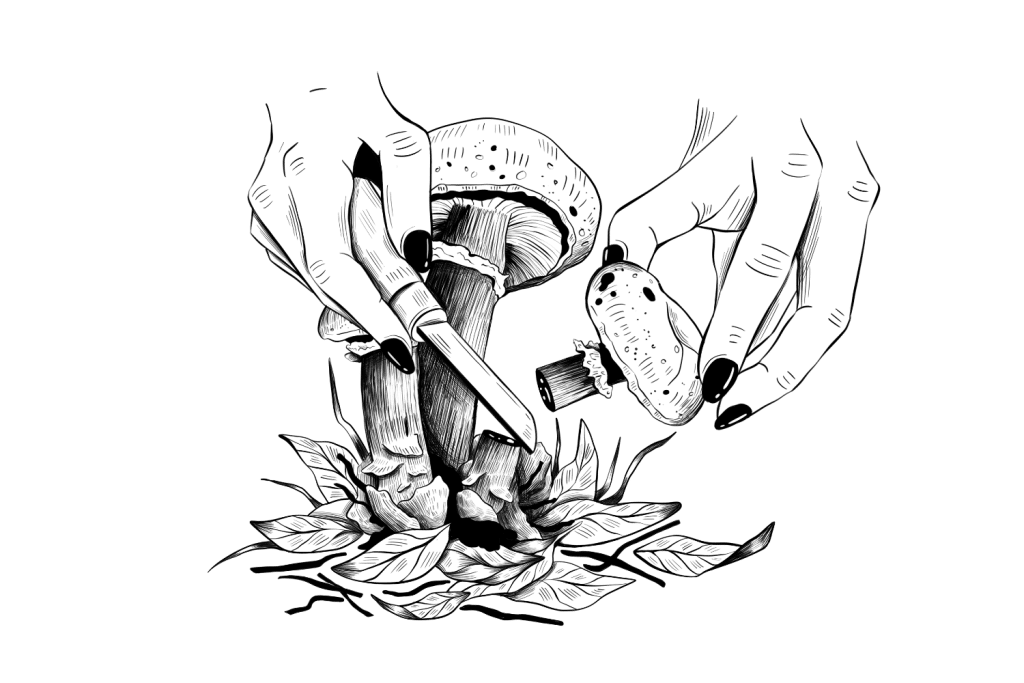
How to Preserve & Store Magic Mushrooms
Preserving magic mushrooms for future use is just as important as harvesting them at the right time. After all, it’s irrelevant if they were harvested in their prime if the mushrooms don’t last for more than a week.
The most common method of preservation is drying. Magic mushrooms can be air-dried by simply placing them on a sheet of paper in a well-ventilated area for a couple of days. This method works great for smaller species like Psilocybe semilanceata (Liberty Caps) or Psilocybe mexicana but is less effective for chunkier species like Psilocybe cubensis.
The best way to dry Psilocybe cubensis and other larger species is to use a dehydrator. Spread them out on the trays and dry at a low temperature; they’ll be ready in less than 24 hours.
The mushrooms are ready for storage if they audibly crack when you break the stem in two. The shrooms must be completely moisture-free before storage. Any remaining moisture can encourage mold growth.
Once the mushrooms are dehydrated, store them in air-tight glass jars. Placing one or two packets of food-safe silica gel will eradicate any minute levels of moisture — keeping the mushrooms edible.
Find out more about drying mushrooms: The Art & Science of Drying Magic Mushrooms: Your Step-by-Step Guide.

